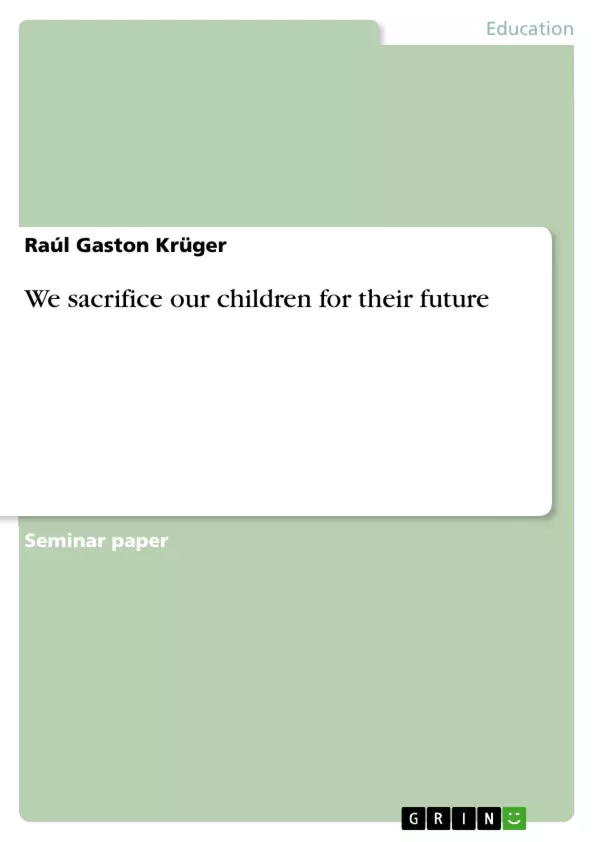The African American Civil Rights Movement is a phenomenon that shows how our collective memory works: It proves that it is very selectively. Although there were as many smaller and bigger steps to take in the movement, as you need to reach the top of the Burj Chalifa, most of us remember not many more than the ‘March on Washington’. Although a lot of people involved in the movement are worth mentioning, we know almost exclusively Dr. Martin Luther King, Jr. and, at best, additionally Rosa Parks.
And like our collective memory has forgotten about most of the good things, it has forgotten about the controversies and faults of the movement – except for its unforgotten bad boy Malcolm X, who never got the second chance, he apparently deserved.
But I do not generally want to talk about the neglected heroes, the Malcolm X’s and Bayard Rustins. I want to talk about a specific group of tragic heroes and heroines that are also often forgotten in this context: The children.
It was the fact that poor Emmett Till was a little boy that shocked the masses; there were nine pupils trying to attend the school in Littlerock who deserve to be called heroes; and it were also children, who let themselves get bitten by dogs, mistreated by the police, and who finally went to jail during the Children’s Crusade.
Since the Children’s Crusade was one of the most controversial steps the leaders of the movement took, amongst them also Dr. Martin Luther King, I want to discuss the role of sacrificing children and of the approving leaders in this context. First, I will give a short overview of the Children’s Crusade; then, I will name the motives and justifications of the initiators. I, finally, want to compare the discussed roles to our present perceptions and memories of them. I think that we should uphold the ideals of the movement; therefore, we should equally and justly remember how the facts really were and who was involved in them.
Inhaltsverzeichnis (Table of Contents)
- The Children's Crusade
- Motives and Justifications
- Comparing the Roles to Present Perceptions
Zielsetzung und Themenschwerpunkte (Objectives and Key Themes)
The text aims to discuss the controversial role of children in the African-American Civil Rights Movement, specifically focusing on the Children's Crusade of 1963. The author critiques the justifications for using children as political instruments, arguing that their participation in dangerous protests contradicted the duty of care owed to them.
- The Children's Crusade and its significance in the Civil Rights Movement
- The motives and justifications for using children in protests
- The ethical implications of using children as political instruments
- The conflict between children's rights and the goals of social justice
- The impact of the Children's Crusade on public perception and memory
Zusammenfassung der Kapitel (Chapter Summaries)
The first section of the text provides a historical overview of the Children's Crusade in Birmingham, Alabama, highlighting the methods of protest and the brutal police response. It also outlines the role of the Southern Christian Leadership Conference (SCLC) and the rationale behind the use of children as activists.
The second section explores the motives and justifications offered by the SCLC leaders for involving children in the protests. The text discusses the "Jail, no Bail" strategy and the argument that children, with less to lose, were more effective than adults in filling the prisons.
The third section delves into the ethical considerations surrounding the Children's Crusade. The author argues that children lack the maturity and independent volition to be true political activists and that they are susceptible to influence by adults.
Schlüsselwörter (Keywords)
The key concepts explored in the text include the Children's Crusade, the African-American Civil Rights Movement, nonviolent direct action, civil disobedience, child activism, duty of care, political influence, and the ethical implications of using children as political instruments.
- Citation du texte
- Raúl Gaston Krüger (Auteur), 2010, We sacrifice our children for their future, Munich, GRIN Verlag, https://www.grin.com/document/175796



